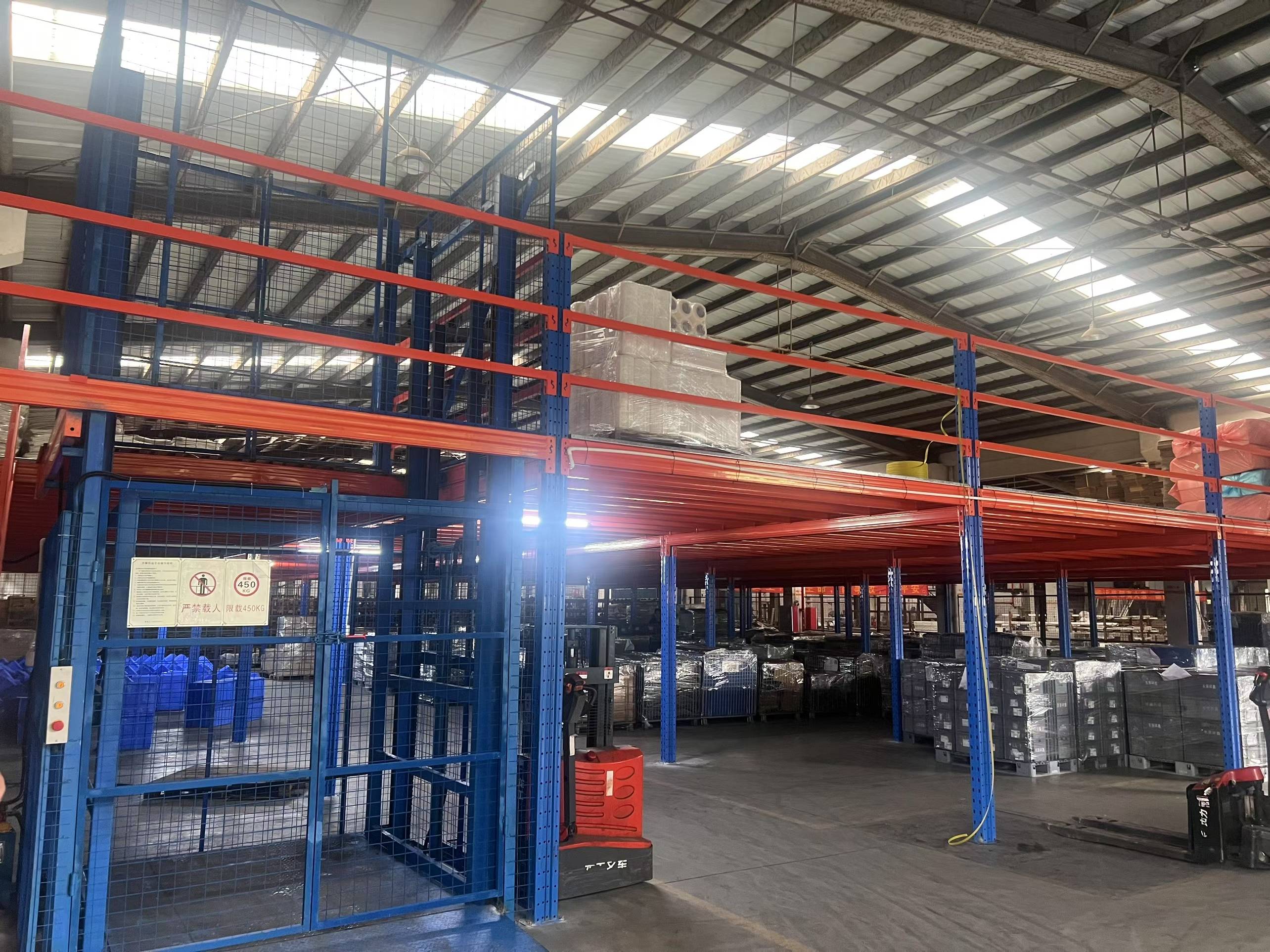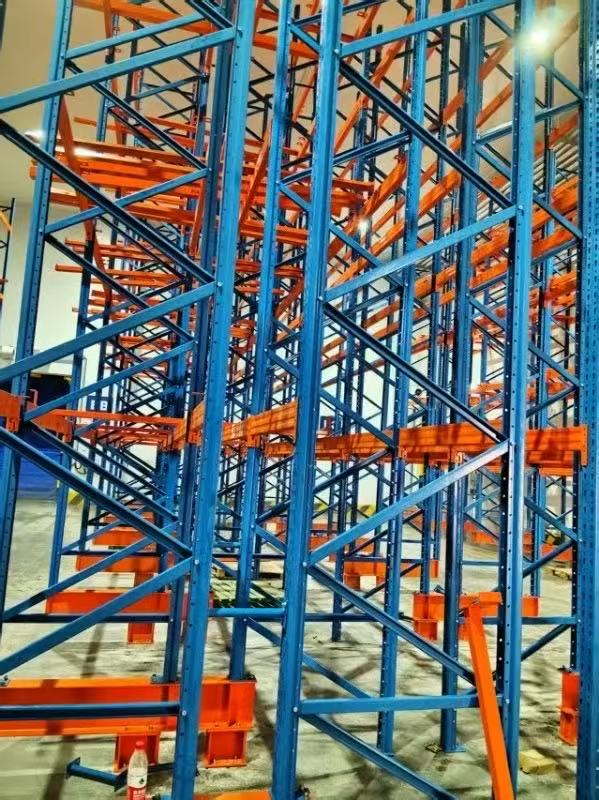When it comes to warehouse management, the efficiency of your pallet racking place is paramount. It's the backbone of your storage operations, directly impacting everything from inventory accessibility to employee safety. An optimized racking system in warehouse settings is not a luxury; it's a necessity for businesses looking to streamline operations and reduce costs. This article delves into the core components of effective pallet storage, exploring different types of pallet rack structures, best practices for pallet placement in racking, and common pitfalls to avoid. Understanding these elements is the first step toward transforming your storage area into a model of productivity.

At its core, a pallet racking place refers to the specific area within a warehouse or distribution center dedicated to storing goods on pallets using a structured framework. This isn't just a random collection of shelves; it's a meticulously planned racking system in warehouse environments designed to maximize vertical and horizontal space. The primary goal is to increase storage density without sacrificing accessibility.
The significance of an efficient pallet racking system cannot be overstated. It directly influences:
Inventory Management: A well-organized system allows for faster receiving, put-away, and picking.
Space Utilization: By going vertical, you dramatically increase your storage capacity within the same footprint.
Safety: Properly installed and loaded racks protect both your inventory and your workforce from accidents.
Cost-Efficiency: Reducing time spent searching for items and minimizing product damage leads to significant savings.
Investing in the right pallet storage solution is, therefore, an investment in the overall health and efficiency of your supply chain.
Not all warehouses are the same, and neither are their storage needs. The choice of pallet racking system depends on factors like the variety of SKUs, turnover rates, and the types of goods stored. Here are some of the most prevalent systems:
Selective Pallet Racking: This is the most common and versatile type of pallet rack. It provides direct access to every single pallet, making it ideal for warehouses with a high number of SKUs where any pallet might need to be selected at any time. Its open structure simplifies pallet placement in racking.
Drive-In/Drive-Through Racking: Designed for high-density storage of homogeneous products, this system eliminates access aisles. forklifts drive directly into the rack structure to place or retrieve pallets. It's excellent for cold storage or storing large quantities of the same product but offers less accessibility than selective racks.
Push Back Racking: This system uses carts nested on inclined rails within the racking system in warehouse. When a new pallet is placed, it pushes the existing pallets back. When retrieving, the pallets slide forward by gravity. It offers good density with better selectivity than drive-in systems, perfect for Last-In, First-Out (LIFO) inventory.
Pallet Flow Racking: Operating on a First-In, First-Out (FIFO) basis, this system uses gravity rollers. Pallets are loaded from the rear on a slight decline and flow forward to the picking face. It's highly efficient for high-throughput, perishable goods, or items with expiration dates.
Each system offers a unique approach to balancing density, accessibility, and cost, making the choice of the right pallet rack crucial for your specific pallet racking place.
The way you arrange goods within your pallet racking system—known as pallet placement in racking—is a critical science. Incorrect placement can lead to damaged goods, rack collapse, and serious safety hazards. Here are the foundational principles:
1. Weight Distribution: The heaviest loads should always be placed on the lower beams. This creates a low center of gravity, stabilizing the entire structure. Lighter items can be stored higher up.
2. Even and Centered Loading: Pallets must be placed evenly on the rack beams and centered perfectly. An off-center load creates uneven stress points, which can deform beams and compromise the structural integrity of the entire pallet rack bay.
3. Adherence to Beam Load Capacity: Every horizontal beam in a racking system in warehouse has a maximum permissible load capacity. This capacity must never be exceeded. The load capacity is not just for the beam itself but is also dependent on the upright frame's capacity.
4. Proper Clearance: Ensure there is adequate clearance between the top of the stored pallet and the next beam level above it. Forklifts need this space to place and retrieve pallets without hitting the overhead beam. Additionally, avoid overhang; pallets should not extend beyond the beams, as this makes them unstable and prone to being struck.
5. Use of Rack Protectors: Installing protectors like column guards, end-of-aisle guards, and pallet supports can prevent accidental impacts from forklifts and ensure pallet placement in racking remains secure over time.
Even with the best equipment, problems can arise in a pallet racking place. Being aware of these common issues is the first step toward prevention.
1. Overloading: This is arguably the most dangerous and common mistake. Exceeding the weight capacity of beams or upright frames can lead to catastrophic failure. Always know the specified load limits of your pallet racking system.
2. Unsafe Pallet Placement in Racking: Pallets that are damaged, poorly stacked, or not properly centered pose a significant risk. A leaning or unstable pallet can easily fall, endangering workers and damaging inventory.
3. Forklift Damage: Daily operations inevitably lead to occasional impacts. Even minor damage to an upright frame or beam can drastically reduce its load-bearing capacity. A bent beam or a dent in an upright frame must be assessed and replaced immediately.
4. Neglecting Regular Inspections: A racking system in warehouse is subject to constant wear and tear. Without a formal, regular inspection program conducted by trained personnel, minor issues can go unnoticed and escalate into major hazards.
5. Poor Housekeeping: Clutter in aisles, around the base of racks, or on top of pallets can hinder operations and safety. It can prevent proper visual inspections and create trip hazards for workers.
6. Ignoring Manufacturer Guidelines and Local Codes: Every pallet rack system comes with specific installation and usage instructions. Deviating from these guidelines or from local safety regulations can invalidate warranties and create unsafe conditions.

Proactive maintenance is key to the longevity and safety of your pallet racking place. Implement these best practices to ensure optimal performance:
1. Implement a Formal Inspection Schedule: Conduct three levels of inspections:
* Daily/Operator Checks: Encourage forklift operators and floor staff to report any damage or issues immediately.
* Weekly Visual Inspections: Have a supervisor walk the warehouse to look for obvious signs of damage or misuse.
* Annual Professional Inspections: Hire a certified rack inspector or a trained engineer to perform a thorough, detailed assessment of the entire racking system in warehouse.
2. Comprehensive Training: Train every employee who interacts with the storage system—from forklift drivers on proper handling to pickers on safe procedures. Everyone should understand the importance of correct pallet placement in racking and the dangers of overloading.
3. Immediate Damage Protocol: Have a clear "red tag" system. Any damaged component is immediately tagged and taken out of service until it is repaired or replaced by an authorized person. Never bend a beam back into place or ignore dents.
4. Utilize Warehouse Management System (WMS) Software: A modern WMS can optimize pallet storage by directing put-away to locations based on weight, size, and turnover rate. This ensures proper weight distribution and maximizes the efficiency of your pallet racking.
5. Plan for Evolution: Your storage needs will change. When reconfiguring your pallet racking system, always use compatible components from the same manufacturer or certified equivalents. Mixing and matching can lead to unsafe configurations.
Your pallet racking place is far more than just metal beams and frames; it is the dynamic core of your warehouse's workflow. Selecting the right pallet rack system, enforcing disciplined pallet placement in racking, and committing to a rigorous maintenance and safety culture are non-negotiable elements of modern logistics. By understanding the different types of pallet racking, recognizing common problems, and adhering to best practices, you can transform your racking system in warehouse from a simple storage area into a powerful tool for business growth, safety, and efficiency. The success of your entire operation rests on this solid foundation.
 Wechat
Wechat
 Whatsapp
Whatsapp